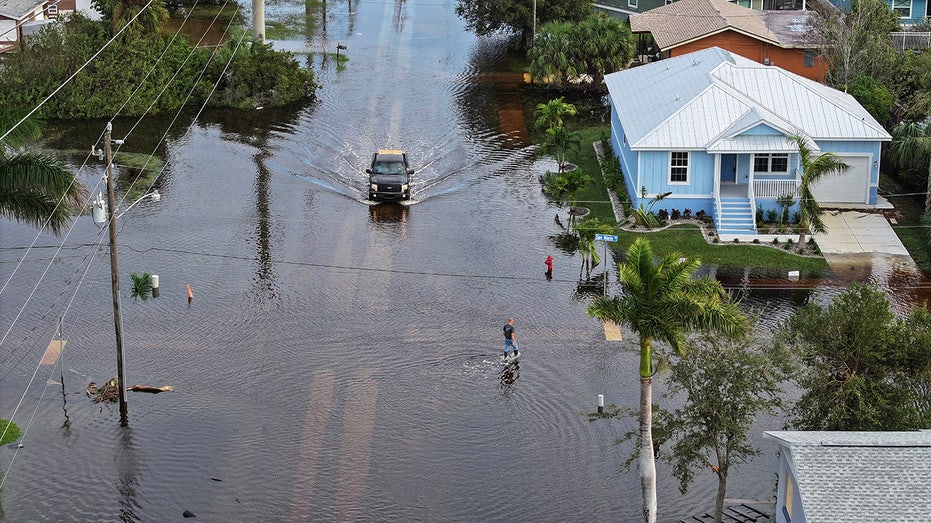The Florida Department of Health issued a warning to residents and visitors to avoid floodwaters as cases of flesh-eating bacteria continue to rise in the wake of back-to-back hurricanes that ravished the Gulf Coast.
In a press release, officials said there is an increased risk of Vibrio bacterial infections like Vibrio vulnificus, which can be life-threatening.
Data from the state’s health department shows 70 cases of Vibrio bacteria have been reported in 2024, which are responsible for 11 deaths. When compared to figures from 2022, the stats are similar to when Hurricane Ian damaged Collier and Lee counties, FOX 13 in Tampa reported.
The rise in cases in Citrus, Hernando, Hillsborough, Lee, Pasco, Pinellas and Sarasota counties, the health department noted, was due to impacts from hurricanes Helene and Milton.
FLORIDA HOMEOWNERS FEAR SOARING INSURANCE COST AFTER HURRICANES
According to the health department, Vibrio bacteria is commonly found in warm coastal waters and can cause illness when ingested or when open wounds are exposed to contaminated water.
“After heavy rainfall and flooding, the concentration of these bacteria may rise, particularly in brackish and saltwater environments,” the health department said.
Officials said individuals with compromised immune systems, liver disease or open wounds are at higher risk for Vibrio vulnificus.
‘THE BIGGEST CHALLENGE RIGHT NOW IS FUEL’: REP. GREG STEUBE OF FLORIDA TALKS HURRICANE AFTERMATH
If contracted, an individual may experience diarrhea, vomiting, abdominal pain, chills, a quicker heart rate, confusion or disorientation.
The health department suggests anyone experiencing these symptoms after being exposed to floodwaters seek medical attention immediately.
HELENE ‘LIKE A BOMB WENT OFF’: FLORIDA REP KAT CAMMACK DETAILS SEVERE HURRICANE DAMAGE
To avoid contracting the flesh-eating bacterial infection, the health department suggests not swimming in floodwaters, standing water, seawater or brackish water, and to cover open cuts and wounds with waterproof bandages.
Along with a rise in life-threatening bacteria, FOX 13 reported that scientists are monitoring for a rise in Karenia brevis, also known as the algae that produces red tide, along the Gulf Coast.
After Hurricane Milton made landfall in Sarasota, satellites began to detect significant levels of chlorophyll, which can trigger red tide events.
While the toxins have the ability to cause an individual to have respiratory symptoms, exposure to Karenia brevis is not known to result in human death, though it can be detrimental to marine life.
Source
